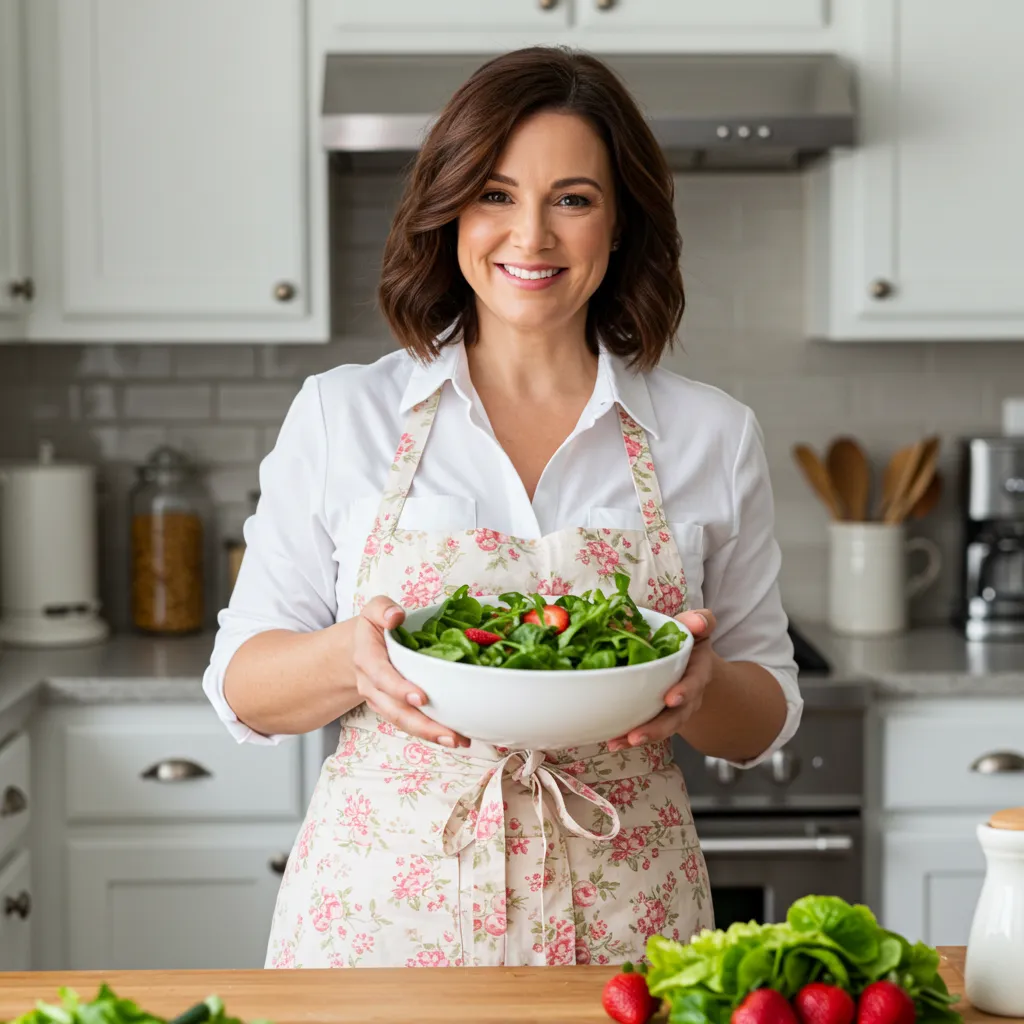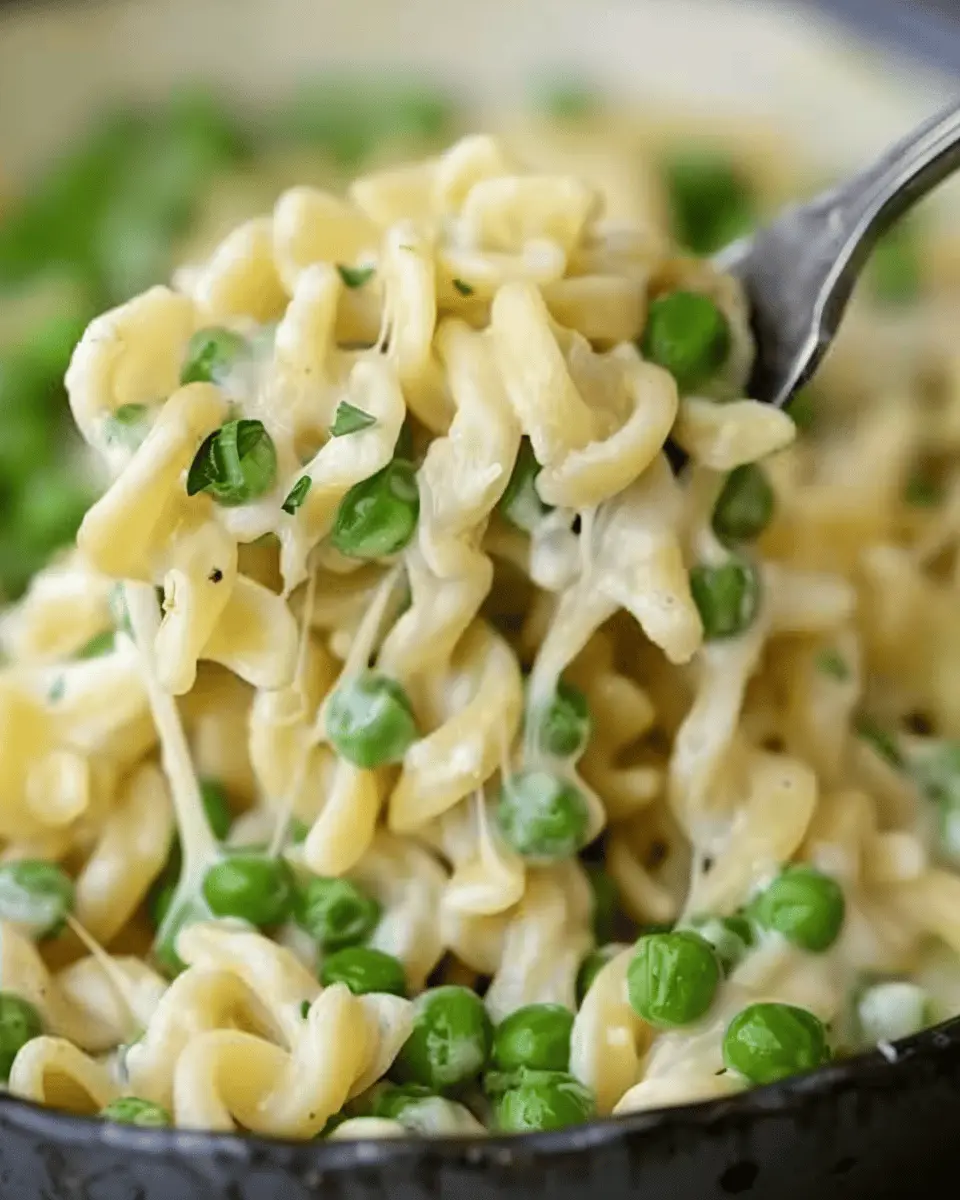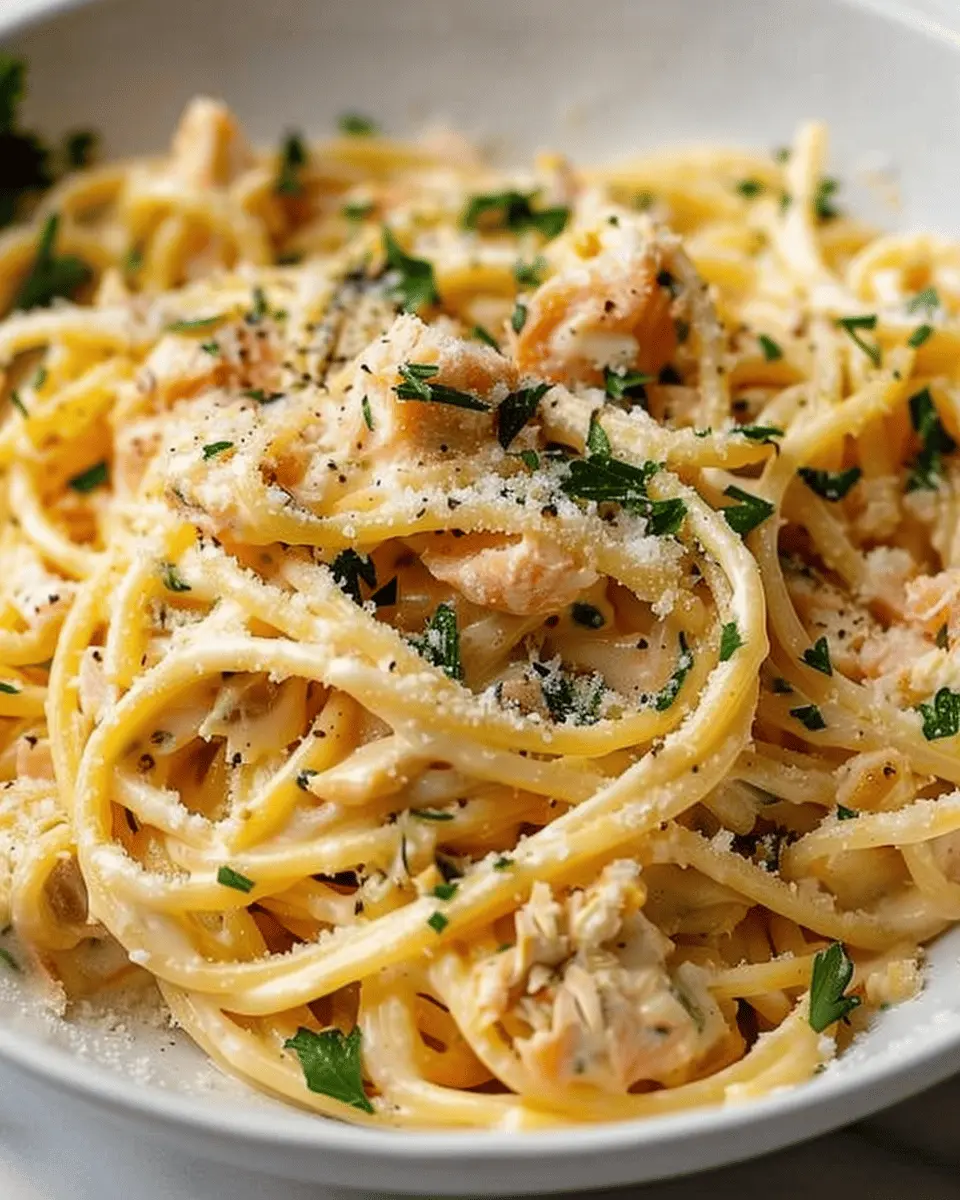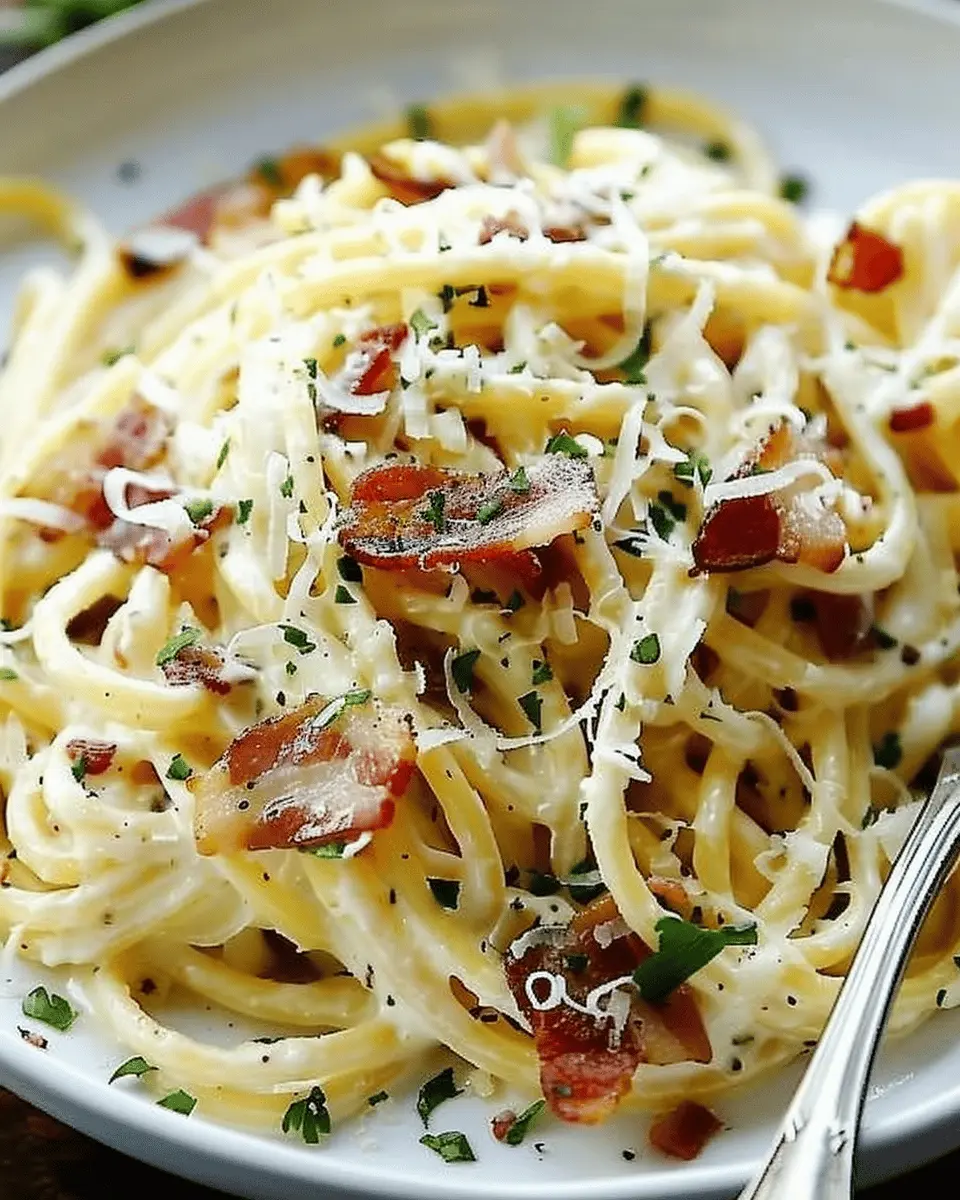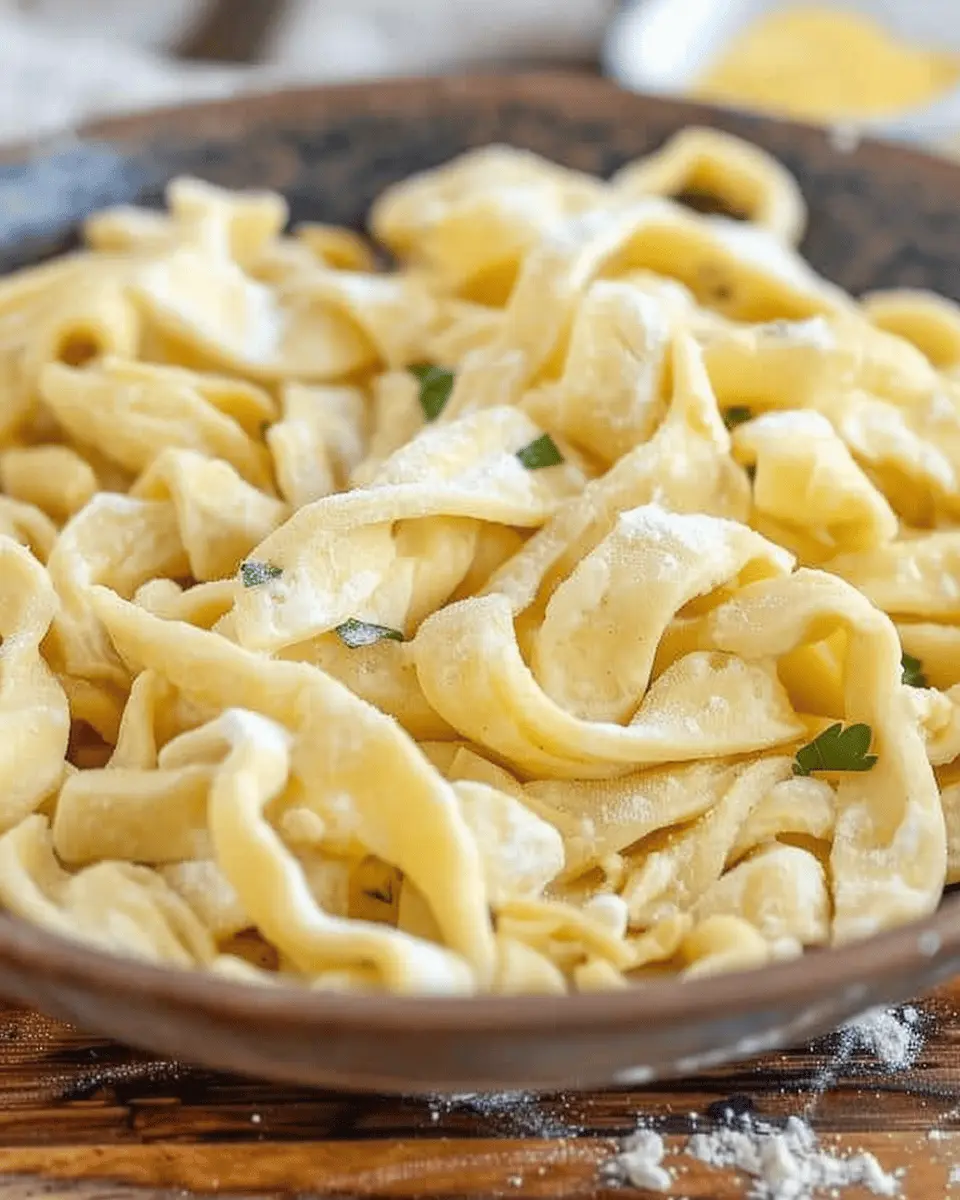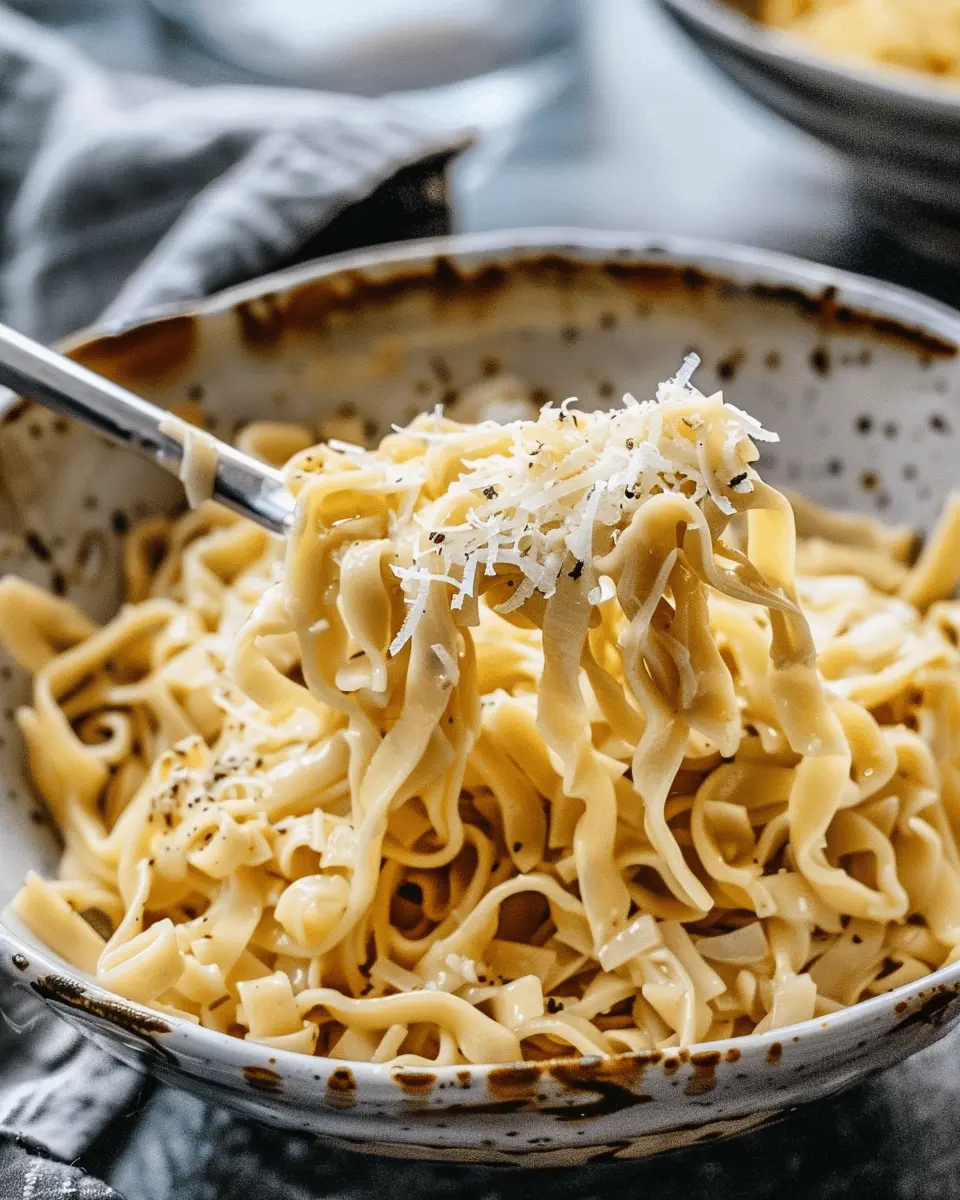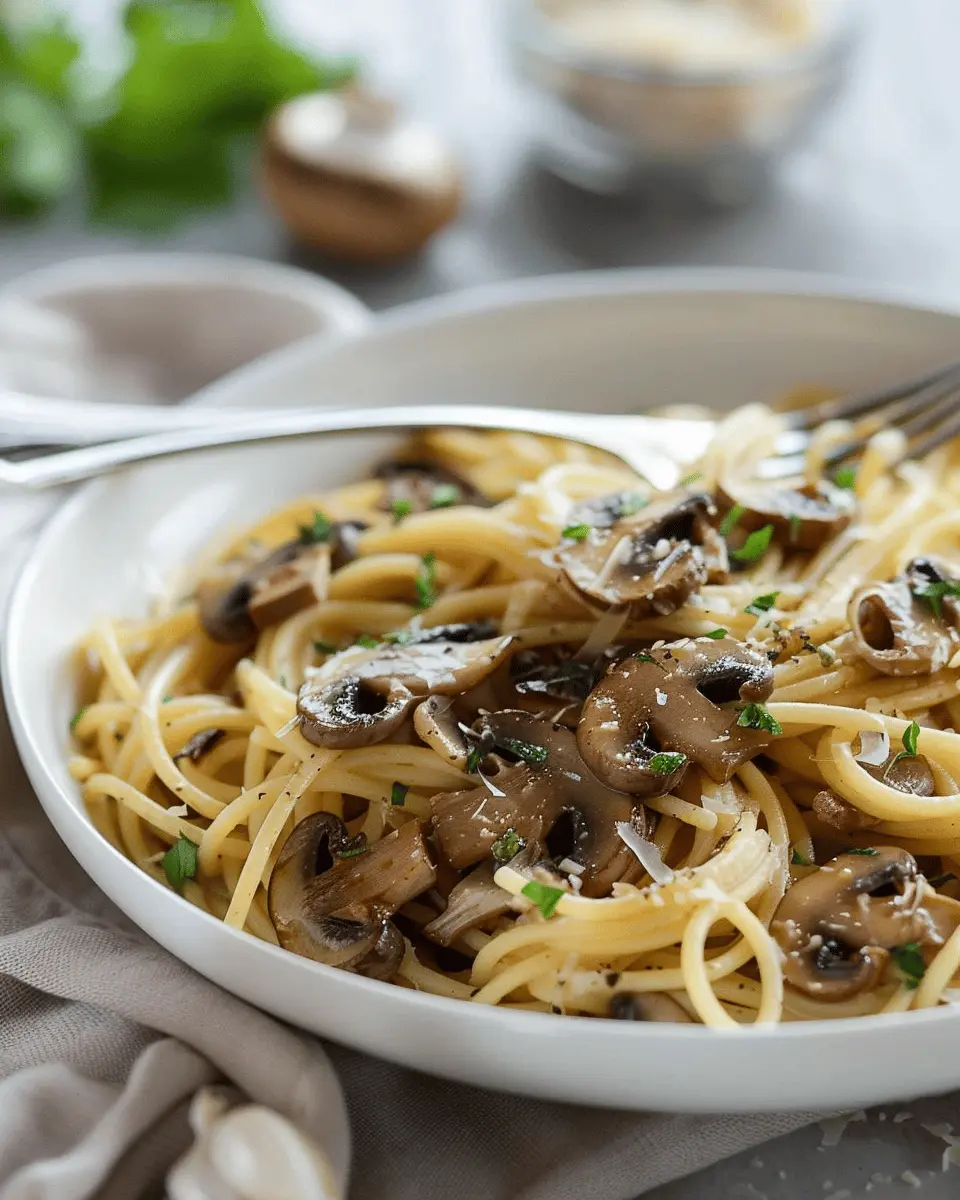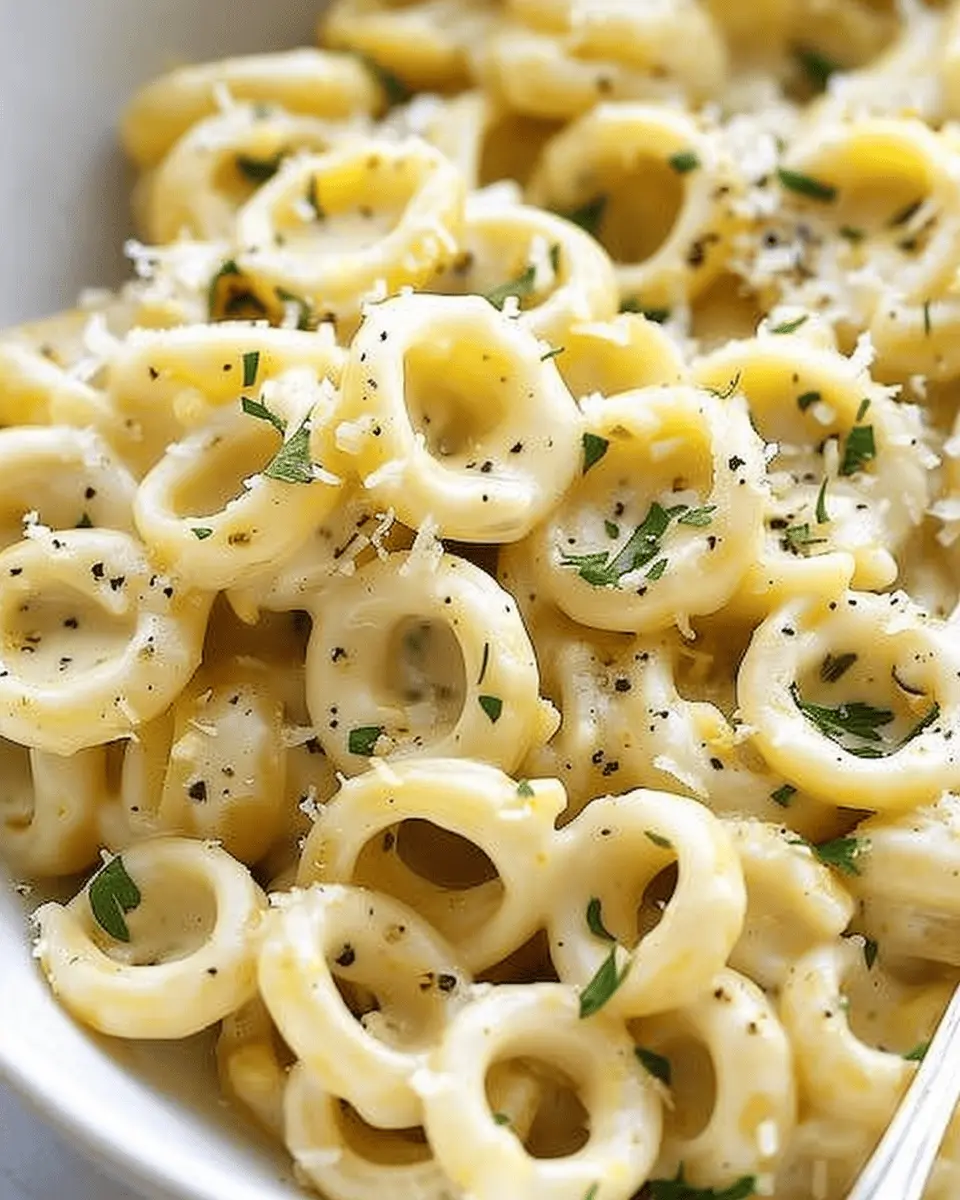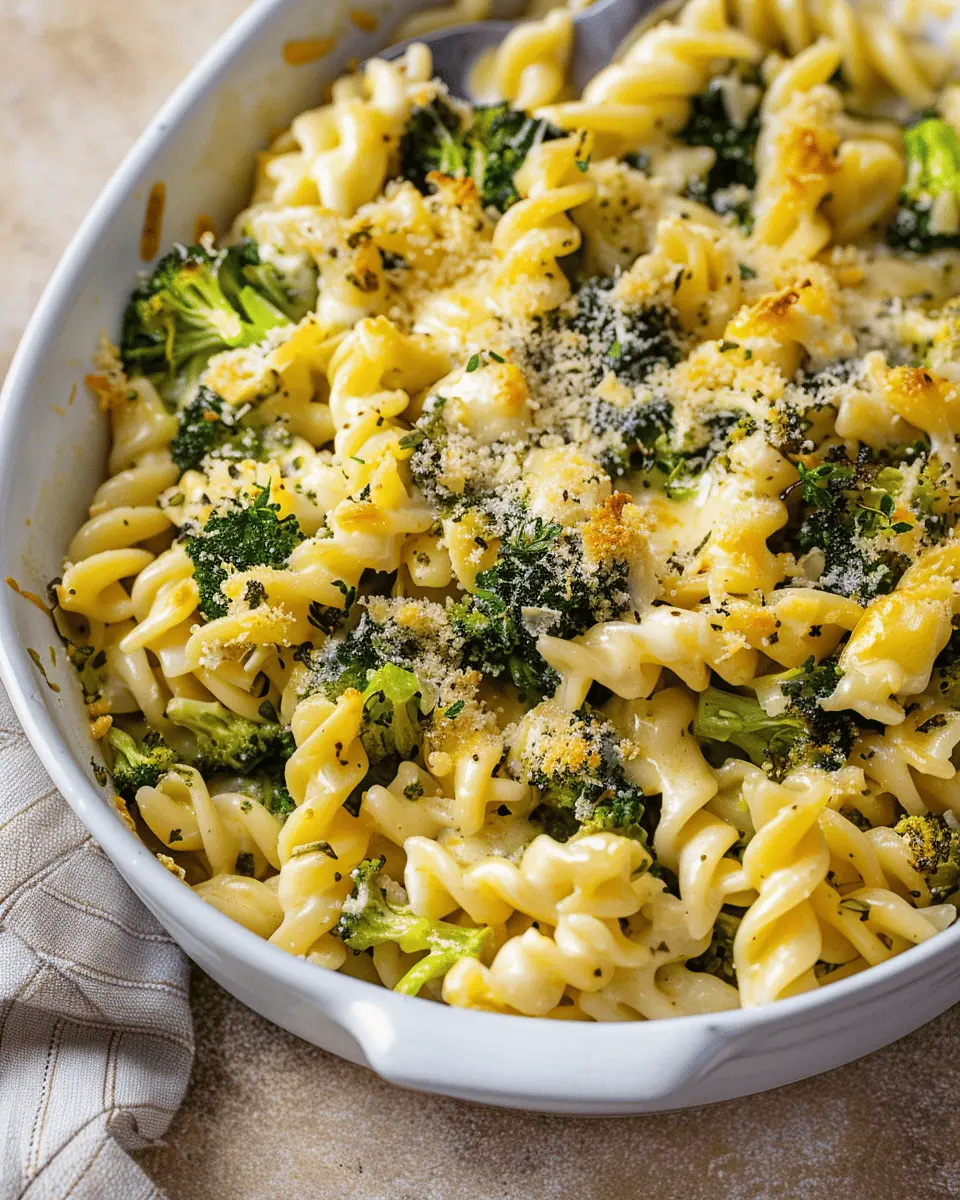Introduction to Pasta Primavera
Pasta Primavera is a delightful dish that brings together the freshness of vegetables and the comforting base of pasta. Originating from Italian cuisine, this vibrant recipe translates to “Spring Pasta,” embodying the essence of springtime with its colorful veggies and light flavors. It’s no wonder that pasta primavera has become a go-to meal for young professionals looking for a quick, satisfying option that doesn’t skimp on nutrition.
Why Pasta Primavera is a Go-To for Young Professionals
In today’s fast-paced world, young professionals often find themselves juggling work, social engagements, and personal interests. Finding time to prepare healthy, enjoyable meals can be a challenge. This is where pasta primavera shines!
-
Quick to Prepare: With a prep time of under 30 minutes, it fits perfectly into a busy schedule. You can easily whip up a batch right after work, ensuring you have a nutritious dinner on the table without feeling rushed.
-
Versatile Ingredients: One of the best aspects of pasta primavera is its versatility. You can use whatever vegetables are in season or leftover in your fridge, whether it’s zucchini, bell peppers, or asparagus. This flexibility not only reduces food waste but also means you can customize the dish to your personal taste. To explore various veggies, check out this guide by Epicurious.
-
Health-Conscious Choice: Packed with vitamins and minerals, this dish gives you a punch of nutrition. Incorporating whole-grain pasta or chickpea pasta can enhance the protein and fiber content, making it a heartier option. Plus, it’s naturally low in fat and can be made vegetarian or even vegan by omitting cheese or using plant-based alternatives.
-
Social and Instagram-Worthy: Let’s face it—who doesn’t love sharing that gorgeous, colorful plate on social media? Pasta primavera not only tastes amazing but also looks stunning, making it perfect for your next dinner party or cozy night in with friends.
So, as you look to create quick yet fulfilling meals, remember pasta primavera—your holistic dinner solution that invites creativity and satisfies the palate. Happy cooking!
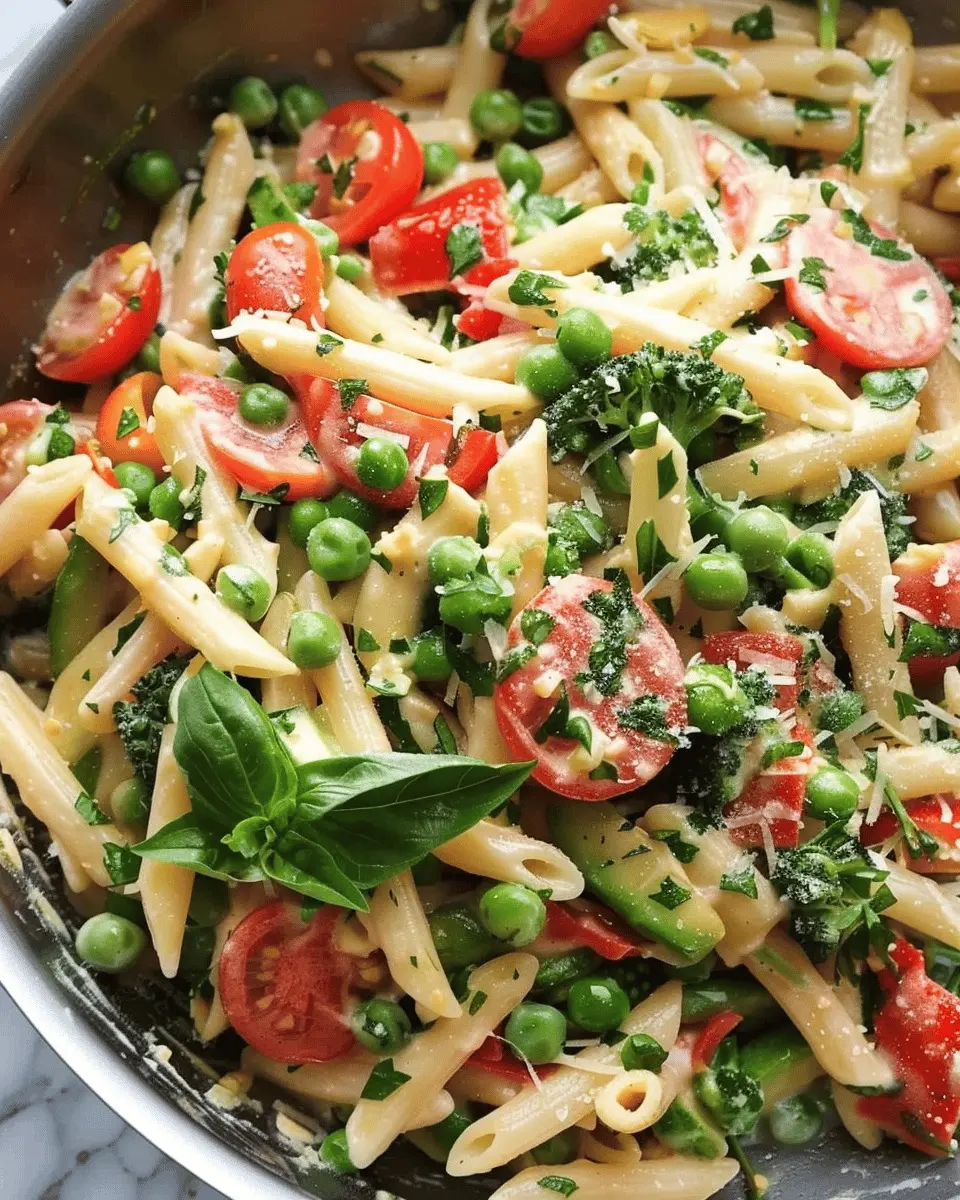
Ingredients for Pasta Primavera
Essential ingredients for a delicious pasta primavera
To whip up a scrumptious pasta primavera, you’ll want to gather the following essential ingredients:
- Pasta: Choose your favorite type—spaghetti, penne, or even whole grain for a healthier twist.
- Fresh vegetables: Bell peppers, zucchini, cherry tomatoes, and broccoli are fantastic choices. The fresher, the better!
- Olive oil: This adds a rich flavor; consider using extra virgin for a gourmet touch.
- Garlic: A must for that aromatic kick.
- Parmesan cheese: For a sprinkle of indulgence on top.
- Fresh herbs: Basil or parsley enhances the overall flavor profile beautifully.
These ingredients work in harmony to create a vibrant and delicious dish.
Substitutions for dietary preferences and restrictions
What if you’re vegetarian or need a gluten-free option? No worries! Here are some great substitutions for your pasta primavera:
- Gluten-free pasta: A variety of gluten-free options are available, such as chickpea or quinoa pasta.
- Vegetables: Feel free to customize your veggies based on what you love or have on hand—carrots, asparagus, or peas work wonderfully, too.
- Protein alternatives: For a protein boost without meat, consider adding chickpeas or tofu.
- Dairy-free cheese: Nutritional yeast or nut-based cheeses can replace Parmesan for vegan-friendly versions.
Remember, it’s all about making the dish your own! For some tips on seasonal veggies, you might find resources at Oregon State University Extension.
Ready to bring your pasta primavera to life? Let’s get cooking!
Preparing Pasta Primavera
Pasta Primavera is a vibrant, vegetable-packed dish that celebrates the essence of spring! It’s not only delicious but also a feast for the eyes, making it an ideal choice for both busy weeknights and special gatherings. Let’s dive into how you can whip up this delightful dish in no time.
Gather and Measure All Ingredients
Before you even think about boiling water, it’s essential to have everything ready to go. This will make the cooking process not just smoother but also more enjoyable. Here’s what you’ll need to gather:
- Pasta: 8 ounces of your favorite type (spaghetti, penne, or even gluten-free options).
- Vegetables: A colorful medley such as bell peppers, zucchini, cherry tomatoes, and broccoli—about 2-3 cups total.
- Sauce Ingredients: Extra virgin olive oil, minced garlic (2-3 cloves), fresh basil, and lemon juice for that zesty kick.
- Protein (optional): If you need some extra sustenance, consider adding chopped chicken ham or turkey bacon.
- Seasonings: Salt, pepper, red pepper flakes for a little kick, and Parmesan cheese for garnish.
Having everything measured and ready means that you can focus on the fun part: cooking!
Prepare the Sauce Mixture
The sauce is where the magic happens. In a mixing bowl, combine:
- 1/4 cup of extra virgin olive oil
- 2-3 cloves of minced garlic
- The juice from half a lemon
- A handful of chopped fresh basil (or 1 teaspoon of dried if that’s what you have)
Whisk all these ingredients together until they blend smoothly. This vibrant mixture will not only coat the pasta perfectly but also enhance the natural flavors of the fresh vegetables you’ll be using. If you want to explore additional sauce variations, consider visiting this blog on sauces.
Cook the Pasta Until Al Dente
In a large pot, bring water to a rolling boil and add a generous amount of salt (think sea-level salty—it makes a difference!). Drop in your pasta and cook it according to the package directions, usually around 8-12 minutes, until it reaches that glorious al dente texture. Drain, but remember to save about a cup of pasta water—you might need it to adjust the sauce’s consistency later.
Sauté the Vegetables to Perfection
While your pasta cooks, it’s time to bring those vegetables to life! Heat a large skillet over medium heat and add a drizzle of olive oil. Toss in your chopped veggies and sauté them for about 5-7 minutes, or until they are tender but still have a crunch—no one likes soggy veggies!
If you decided to incorporate chicken ham or turkey bacon, add it to the skillet during the last few minutes of cooking to warm it through.
Combine Sauce, Pasta, and Vegetables
Now comes the fun part—the grand assembly! In the same pot you used for the pasta, return the drained pasta, sautéed vegetables, and your beautiful sauce mixture. Toss everything together gently to ensure that every strand of pasta is coated in the garlicky goodness. If your dish seems dry, feel free to stir in some reserved pasta water until you achieve the desired consistency.
Finally, season with salt, pepper, and red pepper flakes for a little zing. Top with a sprinkle of grated Parmesan cheese and fresh basil for that finishing touch.
And there you have it! A bright, nourishing plate of Pasta Primavera that’s not only quick to make but also packed with nutrients and flavor. Perfect for impressing guests or enjoying a cozy night in. Happy cooking!

Variations on Pasta Primavera
Seasonal Vegetable Options for Pasta Primavera
One of the best things about pasta primavera is its versatility! Depending on the season, you can mix and match your favorite vegetables to keep your dish exciting and fresh. Here are some delightful options you can consider:
- Spring: Asparagus, artichokes, and peas bring vibrant flavors that scream freshness.
- Summer: Zucchini, bell peppers, cherry tomatoes, and corn deliver that sweet sunshine taste.
- Fall: Roasted butternut squash, carrots, and brussels sprouts add a warm, hearty feel.
- Winter: Broccoli, cauliflower, and kale provide comfort and nutrition when the weather turns chilly.
The incredible variety of seasonal vegetables not only enhances the flavor but also boosts your dish’s nutritional profile. If you want to dive deeper into vegetable varieties, you might find sources like the USDA quite insightful!
Alternative Pasta Types and Sauces
While traditional pasta primavera often uses spaghetti or penne, why not switch it up? Explore these pasta alternatives and sauce variations to create a unique twist:
- Whole Wheat or Gluten-Free Pasta: For a healthier option, these pastas keep the dish wholesome and filling.
- Zoodles (Zucchini Noodles): Perfect for a low-carb version, zoodles are a trendy take on this classic dish.
- Sauce Alternatives: Instead of the usual olive oil or cream, consider a light tomato sauce or a zesty pesto for a flavorful punch.
The great thing about pasta primavera is that it’s not just about the ingredients but how you combine them. Personalize your dish, and don’t hesitate to try something new—your taste buds will thank you!
Cooking Tips for Pasta Primavera
Tips for a Creamy Sauce Without Separation
To achieve that delicious, creamy sauce for your Pasta Primavera, consider using a combination of cream and cheese. Here’s how to ensure they blend smoothly:
- Heat Gradually: When incorporating cream, warm it before adding to the pasta. Cold cream can clash and separate when mixed with hot ingredients.
- Choose Quality Ingredients: Use freshly grated cheese, as pre-shredded varieties often contain anti-caking agents that can affect texture.
- Stir Constantly: As you mix in the sauce, keep stirring over low heat. This will help evenly distribute the ingredients without allowing the cream to curdle.
For tips on balancing flavors, you might check out resources from culinary experts on cooking techniques.
How to Achieve the Best Vegetable Texture
The key to a vibrant and delightful Pasta Primavera lies in the vegetables’ texture. Follow these steps:
- Blanch First: Quickly blanch your veggies in boiling water for 1-2 minutes and then shock them in ice water. This keeps their color bright and crisp.
- Cut Evenly: Chop your vegetables into similar sizes to ensure they cook uniformly.
- Sauté with Care: When sautéing, start with the harder vegetables like bell peppers and carrots, adding softer ones like zucchini and spinach later. This helps maintain that perfect crunch.
This thoughtful approach will elevate your Pasta Primavera from ordinary to extraordinary!

Serving suggestions for Pasta Primavera
Ideal pairings and garnishes for a complete meal
When it comes to enhancing your pasta primavera, consider serving it with a refreshing side salad featuring ripe tomatoes and mixed greens. A sprinkle of feta cheese adds a delightful contrast. For protein lovers, grilled chicken or turkey bacon elevates the dish, while a side of garlic bread complements those vibrant vegetables beautifully.
To add some zest, consider a drizzle of balsamic reduction or a sprinkle of fresh herbs like basil or parsley. Even a squeeze of lemon can brighten the dish up considerably. Don’t forget to offer grated Parmesan cheese or a vegan alternative for those looking to add extra flavor.
Creative ways to serve pasta primavera at gatherings
Thinking about elevating your gatherings? Try a pasta primavera bar! Set out an assortment of colorful vegetables, proteins, and different pasta shapes. Guests can customize their own bowls, making it interactive and fun. Alternatively, serve it as a main course in individual ramekins topped with breadcrumbs for a baked twist.
These options keep things casual and enjoyable, ensuring your friends leave with happy hearts and full stomachs. For more hosting tips, check out The Spruce Eats for engaging ideas and recipes that can complement your pasta primavera!
Time breakdown for Pasta Primavera
Preparation time
Getting ready to make a delightful pasta primavera should only take about 15 minutes. This includes chopping your favorite colorful vegetables like bell peppers, zucchini, and cherry tomatoes. The beauty of this dish lies in its versatility, so choose what you love!
Cooking time
Once you’re prepped, cooking the pasta primavera will take around 20 minutes. You’ll boil the pasta first, then sauté the veggies, which gives them that lovely, vibrant crunch.
Total time needed
In total, you can expect the entire process to take about 35 minutes. Perfect for a weeknight dinner when you want something fresh and satisfying. Plus, it’s a dish that’s sure to impress—your dinner guests will think it took hours to prepare!
For more cooking tips, check out these expert strategies to elevate your pasta primavera game.
Nutritional Information for Pasta Primavera
Estimated Calories Per Serving
Pasta Primavera is a colorful dish that packs flavor and nutrition into a single bowl. Each serving typically contains about 350-400 calories, making it a satisfying yet healthy option, especially for those busy weeknights. The calories can vary based on the type of pasta and the amount of oil or cheese used, so feel free to adjust according to your preference!
Key Nutritional Highlights
When it comes to nutrition, Pasta Primavera shines with its fresh vegetables. Here are some key points to consider:
- Protein: Approximately 12-15 grams per serving, primarily from the pasta and any protein additions like turkey bacon or chicken ham.
- Fat: Generally low, about 7-10 grams, depending on the use of olive oil and cheese.
- Fiber: With all those veggies, you’re looking at around 4-6 grams, promoting digestive health.
Incorporating a variety of vegetables not only enhances the flavors but also boosts the dish’s vitamins and minerals. You can find more on vegetable benefits here.
So, whether you’re whipping up a quick dinner or serving it at a gathering, Pasta Primavera offers a nutritious and delicious meal option that aligns perfectly with healthy eating habits. Feel free to explore different vegetables to keep your meals exciting!
FAQs about Pasta Primavera
Can I make pasta primavera ahead of time?
Absolutely! Pasta primavera is one of those dishes that can taste just as fresh the next day. To prepare ahead, cook the pasta and vegetables, then toss them in a light olive oil or vegetable broth to keep them from sticking. Store everything in airtight containers in the fridge. When you’re ready to eat, just reheat it gently on the stove or in the microwave. To maintain the vibrant colors of your veggies, add a splash of lemon juice after reheating for a fresh kick.
What are the best vegetables to use in pasta primavera?
The beauty of pasta primavera lies in its versatility! Here are some fantastic vegetable options to consider:
- Zucchini: Adds a lovely crunch.
- Bell Peppers: For a splash of color and sweetness.
- Carrots: Thinly sliced for more texture.
- Cherry Tomatoes: For that juicy burst of flavor.
- Broccoli or Asparagus: Adds a lovely green touch.
Feel free to mix and match according to your seasonal produce! For more inspiration, check out this resource on seasonal vegetables from Eat Seasonal.
Is pasta primavera vegetarian or can it be made vegan?
Traditionally, pasta primavera is vegetarian, featuring a medley of vibrant vegetables and sometimes cheese. If you want to make it vegan, simply omit any cheese or replace it with a plant-based alternative. A sprinkle of nutritional yeast can provide that cheesy flavor without the dairy. Plus, by using vegetable broth instead of chicken broth, you keep the dish fully plant-based. For those curious about finding delicious vegan options, explore more on Vegan Foodie, where you can find recipes that cater to every diet.
Happy cooking!
Conclusion on Pasta Primavera
Why Making Pasta Primavera at Home is a Game-Changer for Young Professionals
Preparing pasta primavera in the comfort of your home is not just about whipping up a quick meal; it’s about embracing a lifestyle that values health, efficiency, and creativity. For young professionals juggling busy schedules, this dish provides a nutritious, colorful solution that can be customized with seasonal vegetables you love.
- Quick Preparation: Ready in under 30 minutes, allowing you to enjoy a wholesome dinner after a long day.
- Versatility: Use any veggies on hand, making it perfect for using leftovers and reducing food waste.
- Cost-Effective: Eating out can be costly; making it at home saves money and can yield multiple servings.
So why not let your culinary creativity shine? Whip up a vibrant bowl of pasta primavera, and enjoy both its rich flavors and the satisfaction of a homemade meal. For more inspiration on quick recipes, check out EatingWell and Bon Appétit. Happy cooking!
PrintPasta Primavera: Easy Farm-Fresh Delight with Turkey Bacon and Veggies
Pasta Primavera is a delicious and vibrant dish featuring an array of fresh vegetables and turkey bacon, perfect for a light meal.
- Prep Time: 15 minutes
- Cook Time: 20 minutes
- Total Time: 35 minutes
- Yield: 4 servings 1x
- Category: Pasta
- Method: Stovetop
- Cuisine: Italian
- Diet: Low-carb
Ingredients
- 8 ounces pasta of your choice
- 4 slices turkey bacon
- 1 cup bell peppers, sliced
- 1 cup zucchini, sliced
- 1 cup cherry tomatoes, halved
- 2 cloves garlic, minced
- 2 tablespoons olive oil
- Salt to taste
- Pepper to taste
Instructions
- Cook the pasta according to package instructions.
- In a large skillet, cook the turkey bacon until crispy. Remove and chop.
- Add olive oil to the skillet and sauté garlic for 1 minute.
- Add bell peppers, zucchini, and cherry tomatoes; cook until tender.
- Combine cooked pasta and turkey bacon with the vegetables. Mix well.
- Season with salt and pepper to taste. Serve hot.
Notes
- This dish can be customized with any seasonal vegetables.
- For a vegetarian option, omit the turkey bacon.
Nutrition
- Serving Size: 1 plate
- Calories: 350
- Sugar: 3 grams
- Sodium: 400 mg
- Fat: 12 grams
- Saturated Fat: 2 grams
- Unsaturated Fat: 8 grams
- Trans Fat: 0 grams
- Carbohydrates: 45 grams
- Fiber: 5 grams
- Protein: 23 grams
- Cholesterol: 30 mg
Keywords: Pasta Primavera, Turkey Bacon, Veggies
